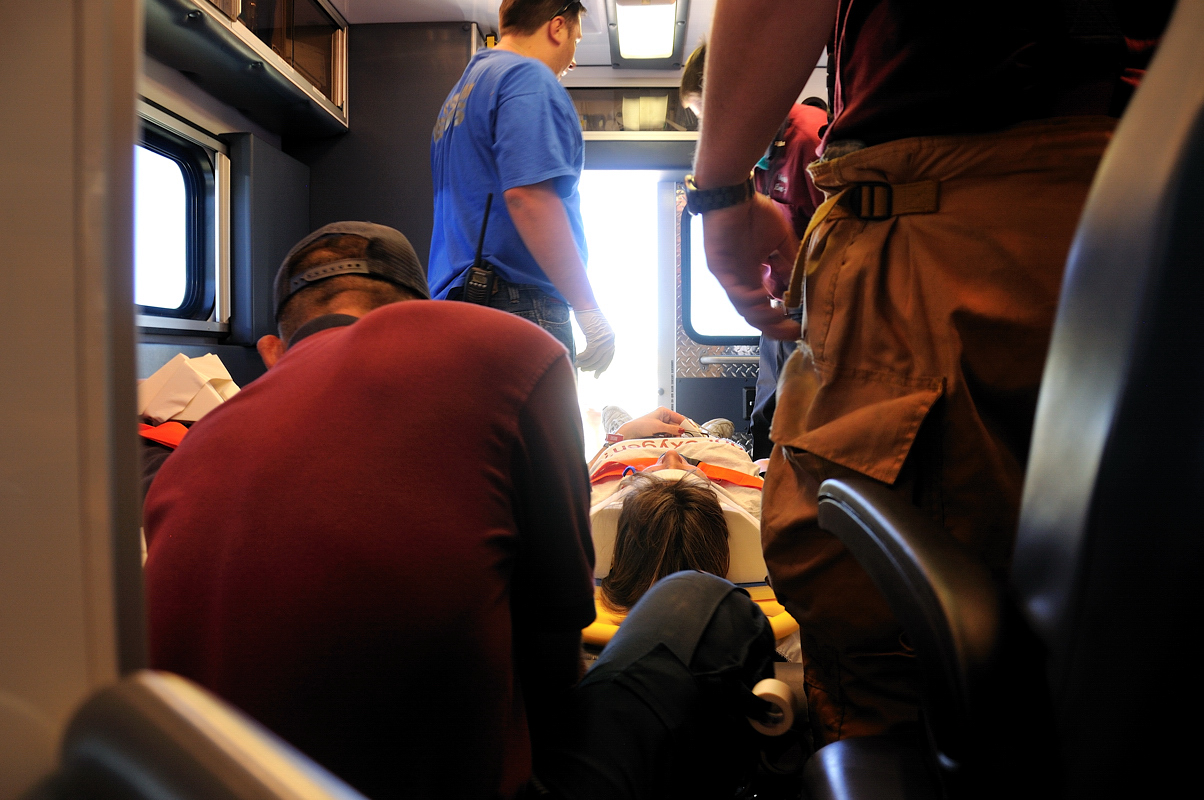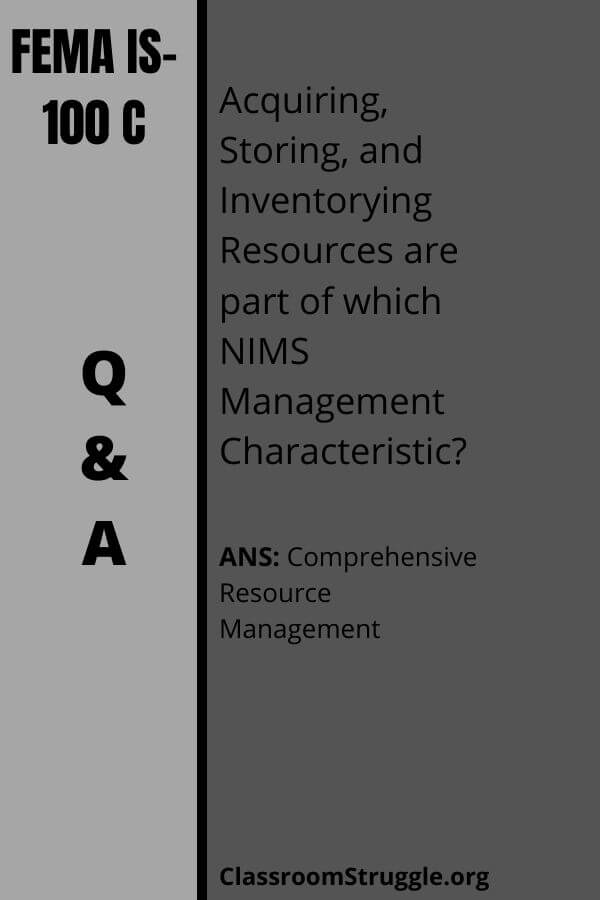


First, it must be recognized that not all emergency situations can be anticipated. While each element of the Functional Sections includes Situations and Assumptions, there are several core situations and assumptions that are related to most every incident. In all the functional areas, sections relating to the Plan Development and Maintenance and Reference and Authorities generally note that the section should identify the responsible parties for keeping this section of the AEP up-to-date and that any references used in building the Functional Section should be noted in the AEP. In this way, it is similar to the Basic Plan. Each of the functional areas follows a format of: Purpose, Situation and Assumptions, Operations Organization and Assignment of Responsibilities Administration and Logistics Plan Development and Maintenance and Reference and Authorities. The AC on airport emergency planning provides instructions to an airport operator on what should be included in the AEP. Many Airport Operations and maintenance personnel at small airports are trained in Aircraft Rescue and Firefighting (ARFF), and some in Basic Medical Care or as Emergency Medical Technicians (EMTs).Įssential Functions for Emergency Operations

Small, commercial service airports may have to rely heavily on off-airport personnel, through the use of Memorandums of Understanding (MOUs), and with their own personnel assuming multiple duties.

Large, commercial service airports often have enough on-airport personnel, with the expertise and equipment to handle most or all of the core functions, at least for the initial response phase. Airport operators may wish to address security-related functions more thoroughly in the Airport Security Program (ASP) to protect the sensitive nature of that information.Īs in all areas of Airport Operations and emergency management, the resources and staff on hand determine whether on- or off-airport responders, or some mix thereof, will handle these functions. For some incidents, an intelligence/investigative function is added.Īlthough not addressed in the AEP, other functions include: damage assessment, Search and Rescue, incident mitigation and recovery, mass care, and chemical, biological, radiological, nuclear, and high-yield explosive (CBRNE) protection ( FAA, 2010, p. The five functions of ICS are command, operations, planning, logistics, and finance/administration. It is based on three principles: Incident Command System (ICS), Multi-Agency Coordination, and Public Information. The National Incident Management System, created after 9/11, is the standard method of managing disasters, incidents, and other events in the United States. Police, fire, and other Emergency Medical Services (EMS) comprise the core first responders to nearly any emergency, and these personnel have numerous responsibilities throughout the Airport Emergency Plan (AEP). Many airport emergencies require public notifications and, in some cases, Protective Actions, such as evacuation and shelter-in-place. Airport Emergency Planning, Part II provides an overview of the core functions within airport emergency management, which include command, control, and communications (C3) and law enforcement, firefighting, public notification, emergency medical response, and resource management.


 0 kommentar(er)
0 kommentar(er)
